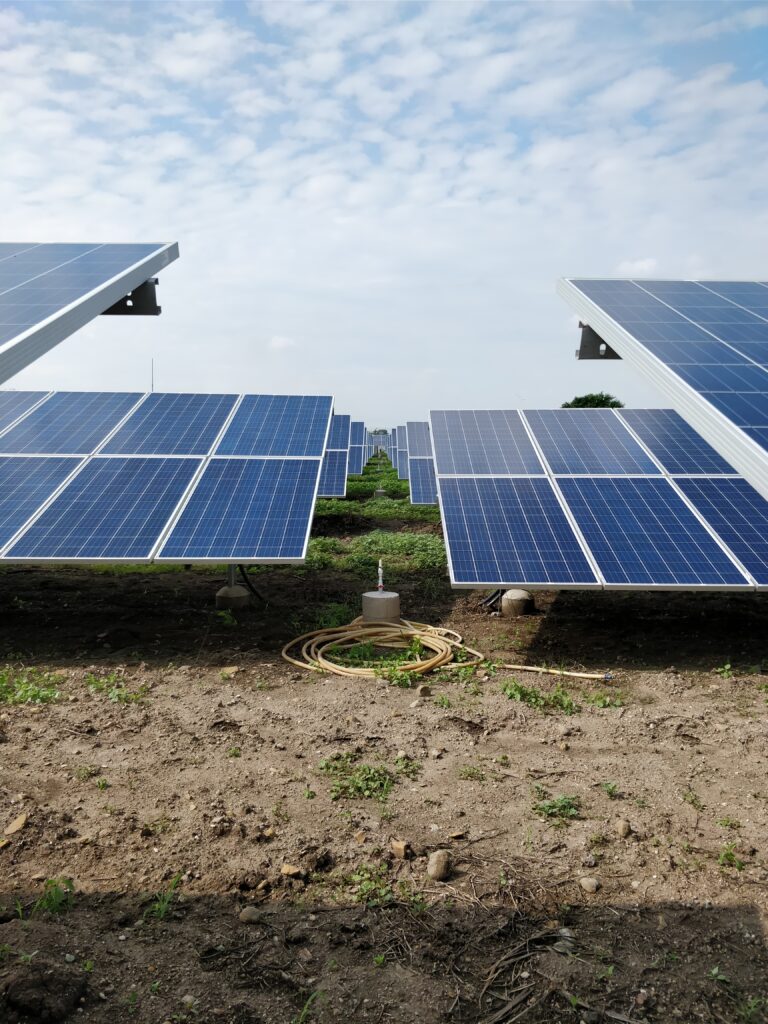Power Purchase Agreement
Power Purchase Agreement

If you are considering installing an on grid solar system at your home or business, you have probably heard of the terms solar Power Purchase Agreement and open access. When a consumer agrees to purchase a renewable energy certificate from a company that generates renewable energy from solar power, this is referred to as a solar PPA.
How does a solar PPA function?
A solar power purchase agreement (PPA) is a type of solar financing contract between a homeowner and an energy producer. Under this contract, the solar developer will handle the design, permitting, and installation of the entire solar panel system. All commercial terms for the sale project finance will be defined in the PPA. In exchange, the homeowner will pay the developer for the solar plant’s energy output.
This agreement will include the project’s start date, commercial operation, and the schedule for electricity delivery. A solar PPA entails long-term contracts with energy providers, many of whom offer incentives for using solar energy.
A PPA, does not have a fixed price; instead, the consumer and energy producer enter into a PPA and negotiate a price that is acceptable to both parties. The PPA specifies the agreement terms, such as the amount of electricity to be supplied, negotiated prices, accounting and penalties for noncompliance.
There are numerous types of PPA in use today, and they differ depending on the needs of the buyer, seller, and financing counter parties.
The goal of a solar PPA is to design, develop, finance, build, own, operate, and maintain solar energy generating facilities for sale to creditworthy third-party purchasers of solar energy.
PPAs are long-term contracts, typically lasting 5-10 years, entered into between utilities and developers of utility-scale solar customers. This arrangement enables utilities to obtain solar energy at a lower cost than would otherwise be available through traditional utility procurement.
The benefits of a solar Power Purchase Agreement
- Renewable energy procurement.
- Cost stability and predictability.
- Competitive pricing.
- Risk mitigation.
- Environmental benefits.
- Renewable Energy Credits (RECs).
- Local economic development.
What exactly is open access?
According to the Open Access (OA) policy, large consumers of electricity with connected loads greater than 1 MW are permitted to purchase electricity from either MSEDCL or any private power producer. The private producer may generate electricity using renewable resources such as solar or wind. The power producer could be anywhere in Maharashtra. He will dispense the energy into the nearest MSEDCL grid.
The consumer will draw electricity from the same grid and will pay power charges to the energy producer as well as wheeling, transmission, and other charges to MSEDCL for grid usage. This allows large power consumers to obtain electricity at a lower cost and save money on operational expenses.
The Advantages of Open Access
- Solar energy can be purchased at a lower cost by consumers.
- Utilities can send energy at a lower cost.
- Utilities can distribute their energy to customers who cannot afford solar panels.
